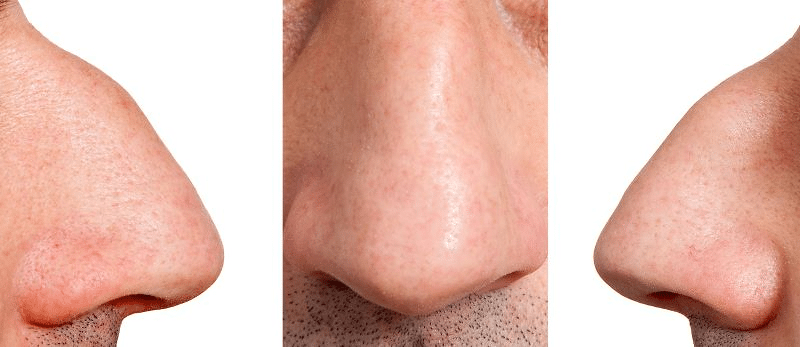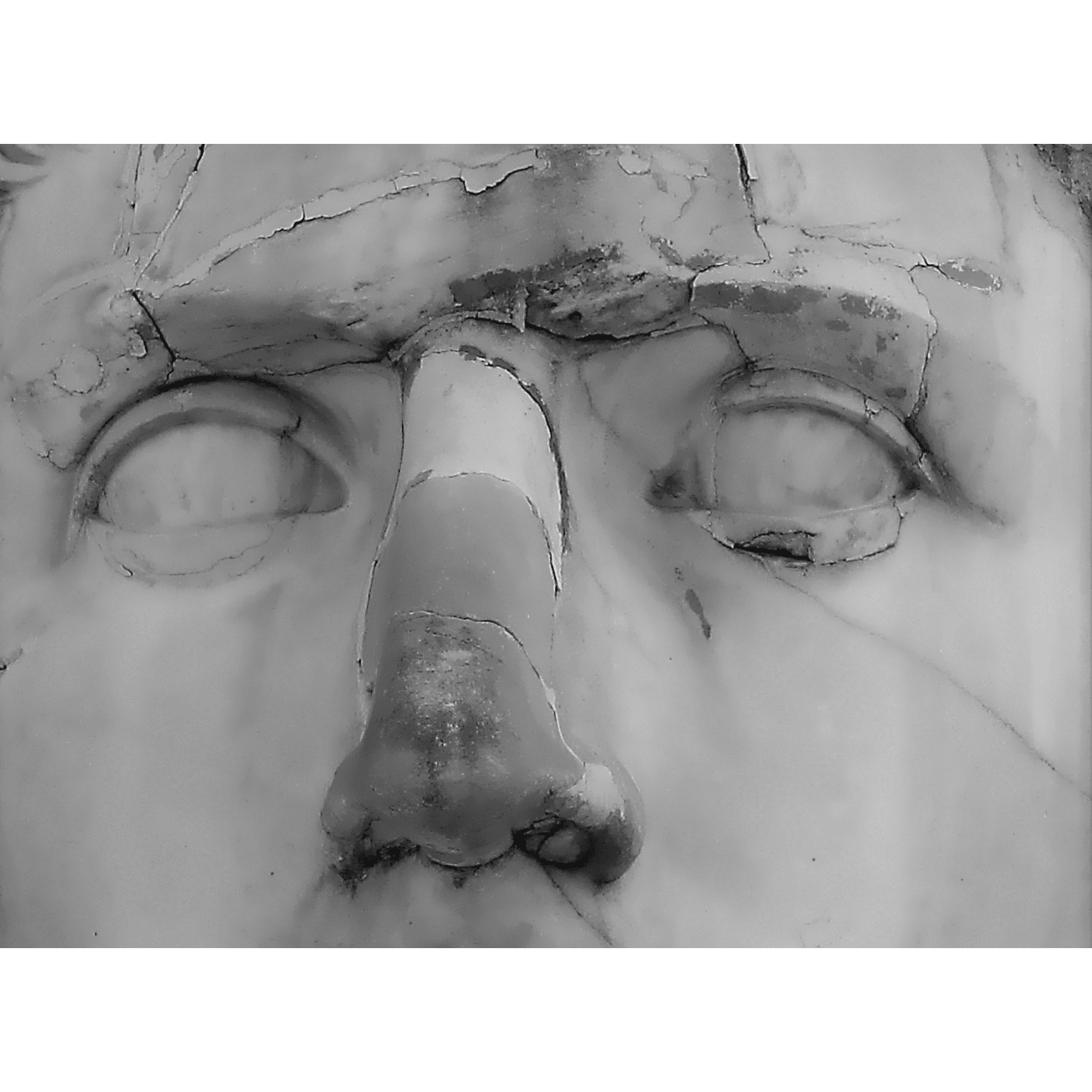Roman Nose – the Look and Feel of This Nose Shape
Whether you’ve got a bulbous, upturned or hooked nose, it’s everyone’s most prominent facial feature. Aside from conveying one of our senses, this profile-defining detail has crossed the ages with connotations of beauty and self-consciousness alike. Of course, the thing that protrudes from the middle of our faces will be a big part of people’s identities, complimenting the features that surround it. One of the most identifiable is the roman nose shape.
What Constitutes a Roman Nose?
Although everyone’s is unique, our noses can all be categorised into different types according to their general shapes. One of the most distinguishable of these is the roman, or aquiline nose – we’ve all seen those classic, glazed-eyed, hooked-nose busts of prominent latin speakers. Indeed, the latin word for eagle-like, ‘aquilinus’, is where the term aquiline nose comes from. It's known for its distinct downward curvature that often follows a visible pivoting point on the bridge. For this reason, it is also often referred to simply as an arched nose.
The bump on the bridge can vary in how conspicuous it is and the roman nose characteristic can sometimes be emphasised by a drooping tip. In any case, the hooked nose is certainly a special one, distinguishing its possessors with their own recognisable trait that is unique to their beauty.

Who Gets an Aquiline Nose – Where Do They Come from?
Or where does any nose shape come from and why are there even different types? That any change took place is an evolutionary result depending on how humans living in different parts of the world adapted to their respective climates. The eventual change in nose shapes can be traced back to migration out of Africa into the colder European subcontinent: noses got narrower and sharper to warm the cold air before it could inflate the lungs with its low temperature.
As for the aquiline nose, it can be seen to have always appeared amongst all ethnic groups. However, some south Asian ethnicities encounter the arched nose as their most common type, such as those from Afghanistan and Pakistan. In other words, the roman nose shape has perhaps been best associated with those who popularised it, but it was by no means exclusive to them.
Your Own Roman Nose and Qunomedical
Having a roman nose is perfectly normal and is, if anything, a unique trait belongs to your appearance as an individual. However, many people with hooked noses contemplate altering it with a rhinoplasty procedure, for a number of reasons that are just as individual. We believe it is important to have access to a trusted and experienced professional if you do feel that your self-confidence is being hindered by the shape of your arched nose. Dr Elmas from the Cayra Clinic in Turkey, for example, is a very experienced specialist when it comes to rhinoplasty. So is Dr Bagatin from the Bagatin Clinic Zagreb in Croatia, who also has performed thousands of successful procedures over a more than 20-year career. We are partnered with plenty of doctors like them, all of whom are happy to welcome international patients.
A great deal of people opt for a nose job; the International Society of Aesthetic Plastic Surgery found it to be the fourth-most popular procedure in the world in 2021. So, if you decide to take this step yourself – whether for a roman nose, or any shape that you'd like to change – know that Qunomedical is by your side. We’re constantly helping patients find affordable doctors, all of whom we have personally vetted. We'll also support you throughout your whole journey and make sure you get on well with your recovery too. Reach out to us so we can pair you with an outstanding clinic!
Find the Right Rhinoplasty Specialist at a Fraction of the Cost
Qunomedical only lists rhinoplasty clinics and doctors that have been thoroughly vetted with quality and affordability in mind. Contact us for your 100% free, non-binding assessment.
Sources:
Kaustubh Adhikari (2016): 'How we found the genes that control nose shape – and what they say about us', last accessed 27.02.2023
Helen Lovatt (2014): 'Roman Noses', last accessed 27.02.2023
International Society of Aesthetic Plastic Surgery: 'ISAPS International Survey on Aesthetic/Cosmetic Procedures Performed in 2021', last accessed 27.02.2023
Related Tags
Recent Stories
- Plastic surgery abroad is booming but, what is the best country for a rhinoplasty? We laid out the best places for a nose job for quality and price. read more...
Should I Get a Nose Job? How to Make the Right Decision For You
We’ve outlined some of the common rhinoplasty patient questions so you have all the information to make the right decision for yourself. read more...The Top 11 Celebrity Nose Jobs: Who's Gone Under the Knife?
Celebrity nose jobs are always a hot topic in the media. But who has undergone the surgery? We've picked out our top 11 most notable examples. read more...

Patient manager
Frieda
Your personal Patient Manager
Let's talk
Still unsure? Feeling overwhelmed? Talking to a real person can give you the guidance and reassurance needed. You don’t have to do it alone. Let’s find the right doctor together.





